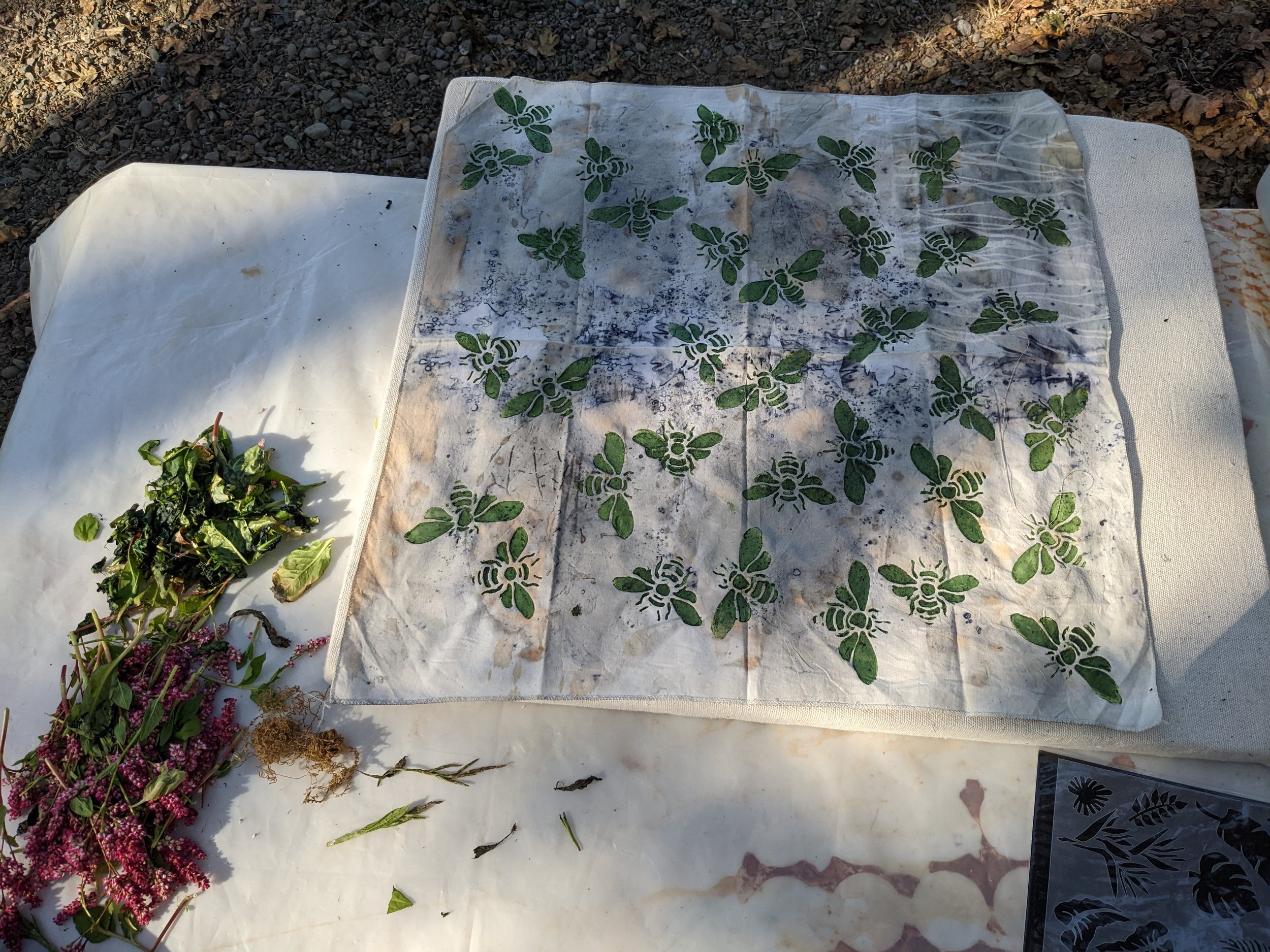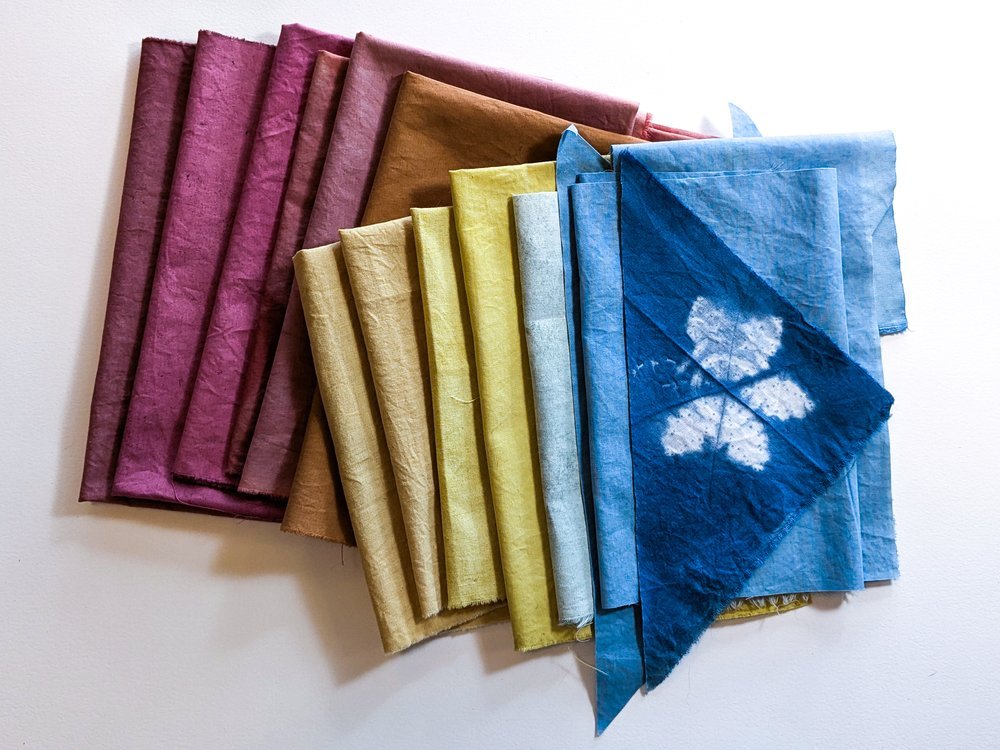A textile artisan specializing in natural dyes and couture sewing, I draw inspiration from the rhythm of life on my small farm, following the cycles of the seasons to shear my sheep, plant my garden, and dye my fabrics.

“When one tugs at a single thing in nature, he finds it attached to the rest of the world.”
Collections











